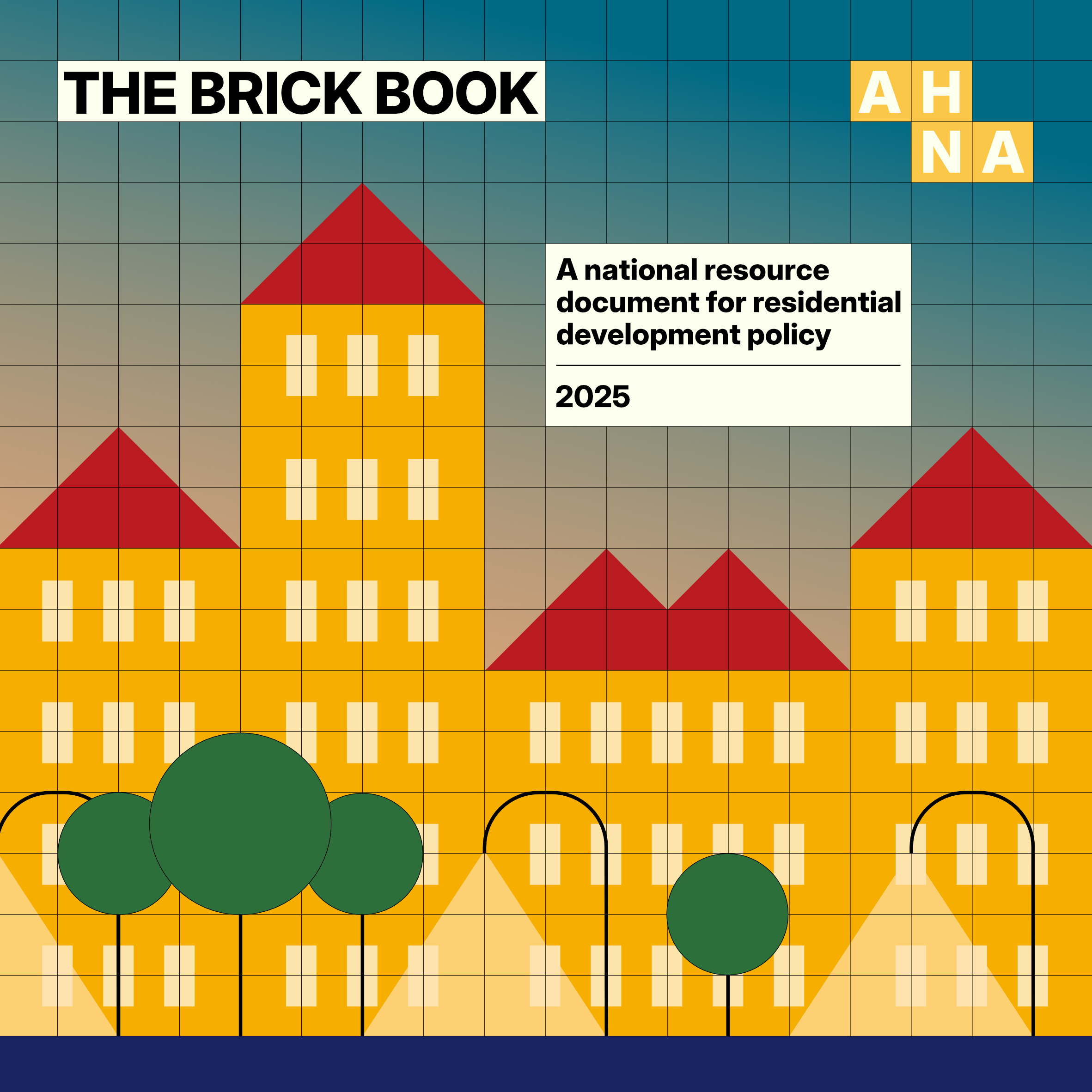

The Brick Book’s full suite of policy prescriptions are:
The Brick Book is inspired by AMCORD, the Commonwealth agreement that led to model urban planning legislation rolling out across Australia.
In the 2020s, the Commonwealth has shown a renewed interest in our cities, including by using the National Competition Policy to encourage building more supermarkets.
With a new National Urban Policy, and a housing crisis to beat, it is now time for the Federal Government to get back in the game of land use regulation.
The Brick Book's signature ask is for a National Townhouse Accord, a National Cabinet brought together to liberalise planning restrictions and make townhouses legal to build everywhere in Australia.
The Accord would set a new foundation for Australia’s urban planning, hitting a reset on decades of complex and self-defeating planning regulations that have only led to lower completions, more expensive housing, and worse urban design outcomes.
This policy is designed to replicate the runaway success of Auckland’s bipartisan housing and planning policies over the last decade, which have delivered a huge growth in private, public and community housing completions — while taking some of the best homegrown innovations like Victoria’s new Townhouse and Midrise Code and Western Australia’s Targeted Apartment Rebate national.
The Brick Book is available at abundanthousing.org.au/brickbook.
The political parties might have decided that this isn’t the housing election anymore — but every poll says otherwise. Housing remains top of mind for the millions of young Australians deciding how they’re going to vote this month.
Whoever forms the next Federal Government should focus on growing their role in the most fundamental area of our nation's policy: that which governs how we use land, where and for what.
The Commonwealth has the power to set a national minimum density and to unlock a huge number of well-located homes that for too long have been locked up by restrictive zoning and planning controls.
Australia is one of only a few places in the world that has fewer homes per person than we did at the end of the 20th century — and that’s almost all because we’ve made it nearly impossible to build anything other than suburban sprawl hours from jobs or billion-dollar skyscrapers in our CBDs.
It's time to unlock more missing middle housing.
State governments have finally started to unpick the decades of damage their planning regulations have wrought. The Federal Government has to step up, make sure these reforms are effective and don’t get wound back because of the noisy minority who don’t want to see homes built in our cities.